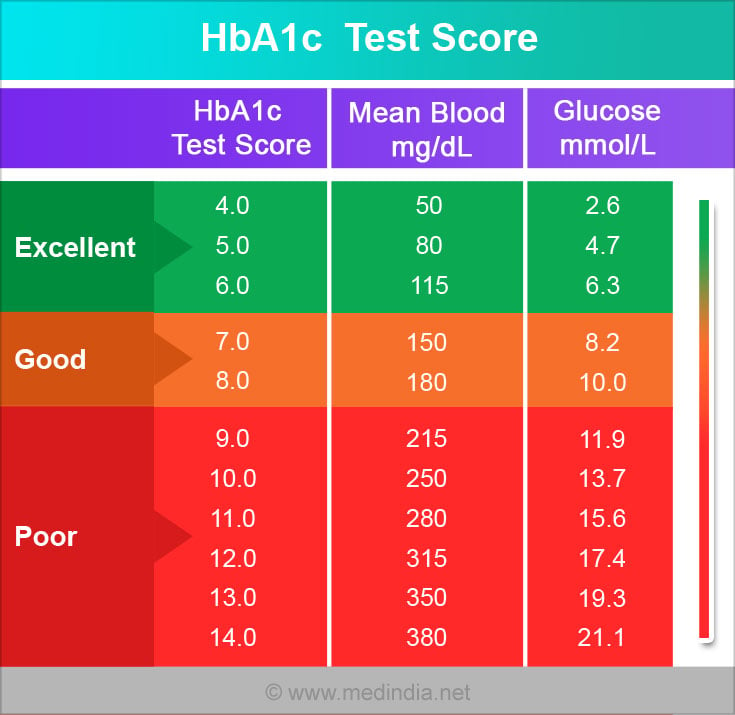
The sponsor was responsible for monitoring the centers and the data collection and for checking the quality of the data.
#HEMOGLOBIN NORMAL RANGE TRIAL#
The trial was designed, implemented, and overseen by the steering committee together with representatives of the sponsor, F. In the Cardiovascular Risk Reduction by Early Anemia Treatment with Epoetin Beta (CREATE) trial, we tested the hypothesis that complete correction of anemia in patients with stage 3 or 4 chronic kidney disease improves cardiovascular outcomes as compared with partial correction of anemia. 12-14 However, two recent randomized studies did not confirm that left ventricular mass decreased in response to complete correction of anemia. Several observational and small interventional studies of patients with chronic kidney disease who were not receiving dialysis reported an inverse relation between hemoglobin levels and cardiovascular outcomes. The latter group generally has less advanced cardiovascular disease and no risk of dialysis-related increases in hemoglobin or vascular access thrombosis. 9-11Īmong patients with chronic kidney disease, the effect of correction of anemia may differ between those who require dialysis and those who do not. 1-8 However, the normalization of hemoglobin in prospective trials involving patients receiving hemodialysis did not improve left ventricular indexes or decrease the risk of death. 1 Observational data indicate that correction of anemia is associated with improved outcomes. Anemia is strongly predictive of complications and death from cardiovascular causes in patients with chronic kidney disease. However, the optimal target hemoglobin levels for patients with various stages of chronic kidney disease are unclear.

( number, NCT00321919.) IntroductionĪnemia is a common complication of chronic kidney disease. In patients with chronic kidney disease, early complete correction of anemia does not reduce the risk of cardiovascular events. There was no significant difference in the combined incidence of adverse events between the two groups, but hypertensive episodes and headaches were more prevalent in group 1. General health and physical function improved significantly (P=0.003 and P<0.001, respectively, in group 1, as compared with group 2). Dialysis was required in more patients in group 1 than in group 2 (127 vs. The mean estimated GFR was 24.9 ml per minute in group 1 and 24.2 ml per minute in group 2 at baseline and decreased by 3.6 and 3.1 ml per minute per year, respectively (P=0.40). Left ventricular mass index remained stable in both groups. Resultsĭuring the 3-year study, complete correction of anemia did not affect the likelihood of a first cardiovascular event (58 events in group 1 vs. The primary end point was a composite of eight cardiovascular events secondary end points included left ventricular mass index, quality-of-life scores, and the progression of chronic kidney disease. Subcutaneous erythropoietin (epoetin beta) was initiated at randomization (group 1) or only after the hemoglobin level fell below 10.5 g per deciliter (group 2).

We randomly assigned 603 patients with an estimated glomerular filtration rate (GFR) of 15.0 to 35.0 ml per minute per 1.73 m 2 of body-surface area and mild-to-moderate anemia (hemoglobin level, 11.0 to 12.5 g per deciliter) to a target hemoglobin value in the normal range (13.0 to 15.0 g per deciliter, group 1) or the subnormal range (10.5 to 11.5 g per deciliter, group 2). Whether correction of anemia in patients with stage 3 or 4 chronic kidney disease improves cardiovascular outcomes is not established.

The most trusted, influential source of new medical knowledge and clinical best practices in the world.
#HEMOGLOBIN NORMAL RANGE LICENSE#
Information and tools for librarians about site license offerings. Valuable tools for building a rewarding career in health care. The authorized source of trusted medical research and education for the Chinese-language medical community. The most advanced way to teach, practice, and assess clinical reasoning skills. Information, resources, and support needed to approach rotations - and life as a resident. The most effective and engaging way for clinicians to learn, improve their practice, and prepare for board exams. NEW! Peer-reviewed journal featuring in-depth articles to accelerate the transformation of health care delivery.Ĭoncise summaries and expert physician commentary that busy clinicians need to enhance patient care. NEW! A digital journal for innovative original research and fresh, bold ideas in clinical trial design and clinical decision-making.


 0 kommentar(er)
0 kommentar(er)
